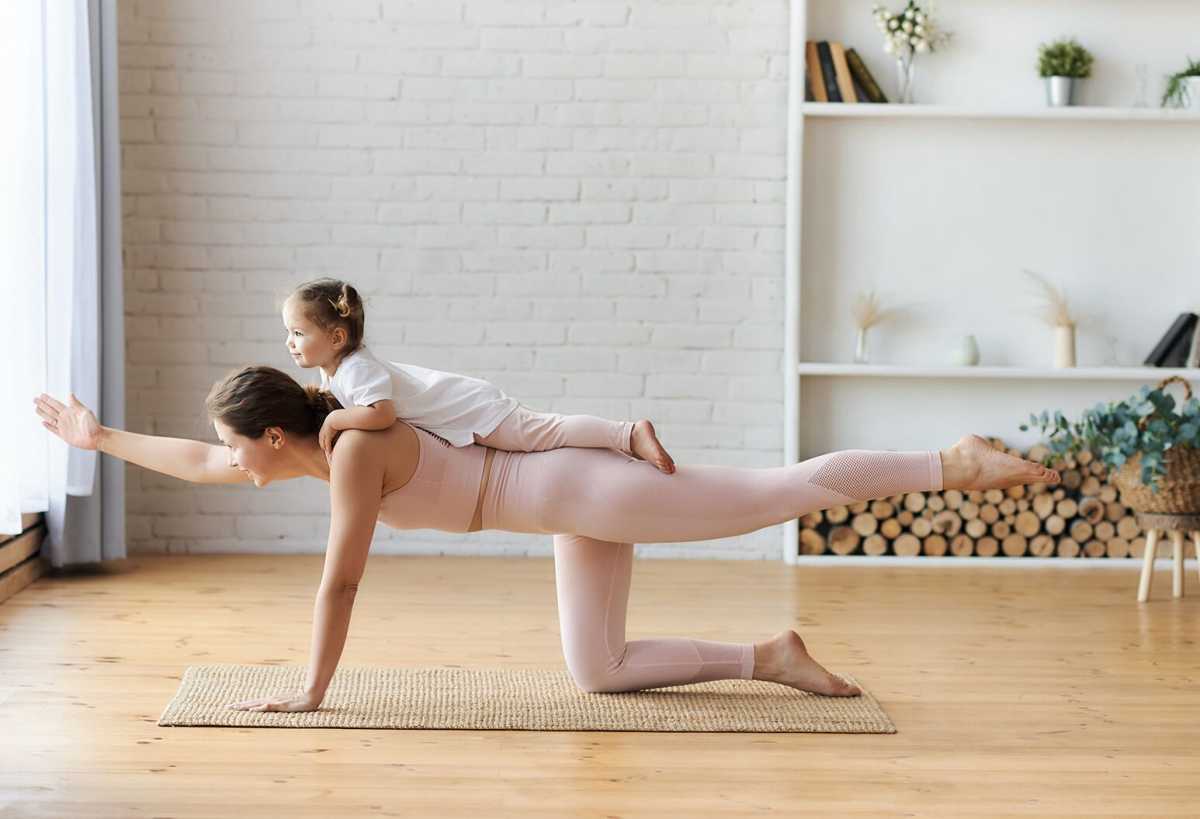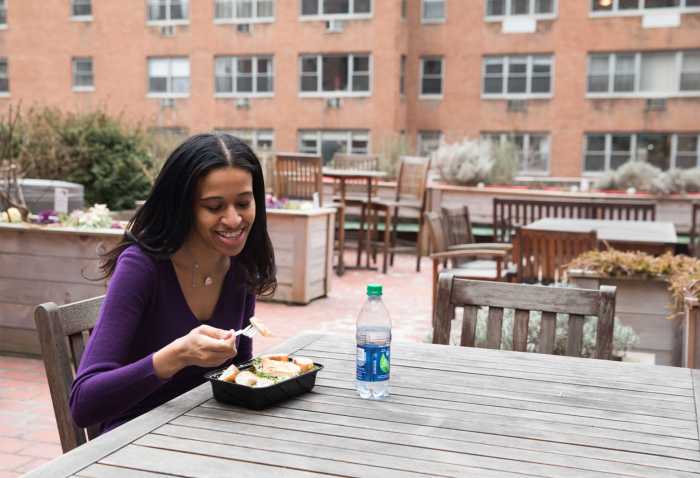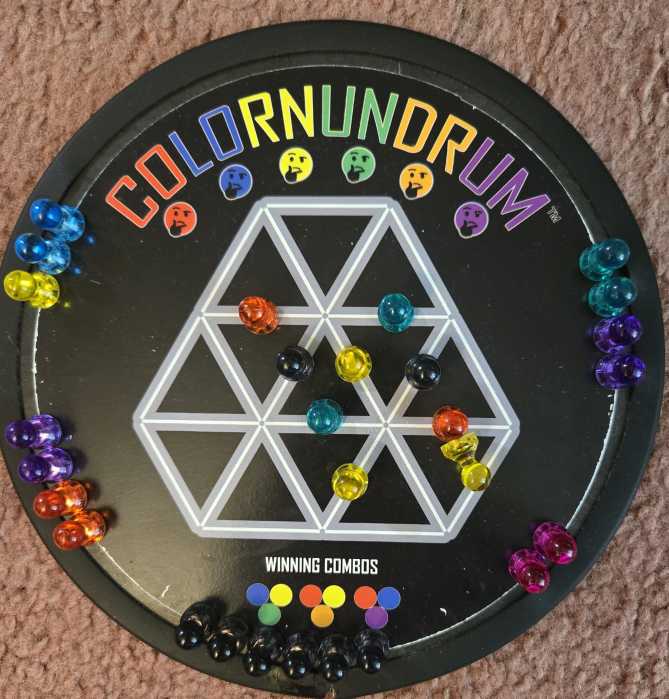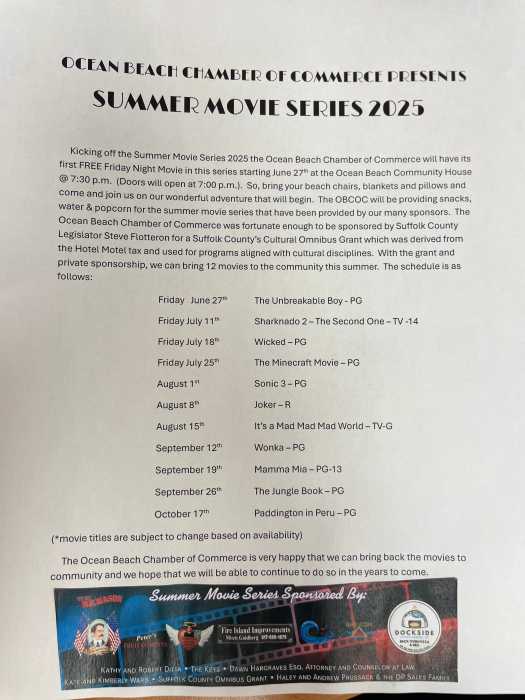Dear Doctor,
I suffer from chronic back pain and typically avoid any exercises that focus on my back. Is this the right approach, or should I be doing more to strengthen my back to help manage my pain? What types of activities and exercises would you suggest I try?
Sincerely,
“Back-to-Back”
Dear Back:
Chronic back pain is the most common reason for both physician and physical therapy visits, with approximately 65% of the population experiencing at least one episode of lower back pain in a year.
Pain is usually due to an area of irritation, inflammation, or strain. Sometimes, it’s minor soreness, which typically feels like a dull ache. When it’s an injury, it usually feels more severe. It might radiate to other parts of the body, like the legs. That kind of back pain is not a “no pain, no gain” situation, but rather your body’s way of saying “back off.” Avoiding activities that aggravate or worsen the pain is okay in those instances.
Still, you must stay as physically active as possible because being sedentary can weaken your muscles and worsen the pain. And regular physical exercise—and even participating in some sports—has been shown to reduce pain, according to the National Institutes of Health. Pilates, tai chi, yoga, and walking are all highly recommended.
To strengthen your back, consider core stabilization, improving flexibility, and strengthening the glutes. Exercises that emphasize these include pelvic tilt, bridging, bird-dog, plank, and other stretches for the lower back and hip flexors.
In addition to exercising, it’s important to consider your posture and body mechanics. Avoid prolonged sitting, and when standing, check your posture and change your position every 30 minutes.
It’s also essential to minimize repetitive movements. Take breaks to stretch and rest, and when you’re bending or twisting, use your legs, not your back.





























